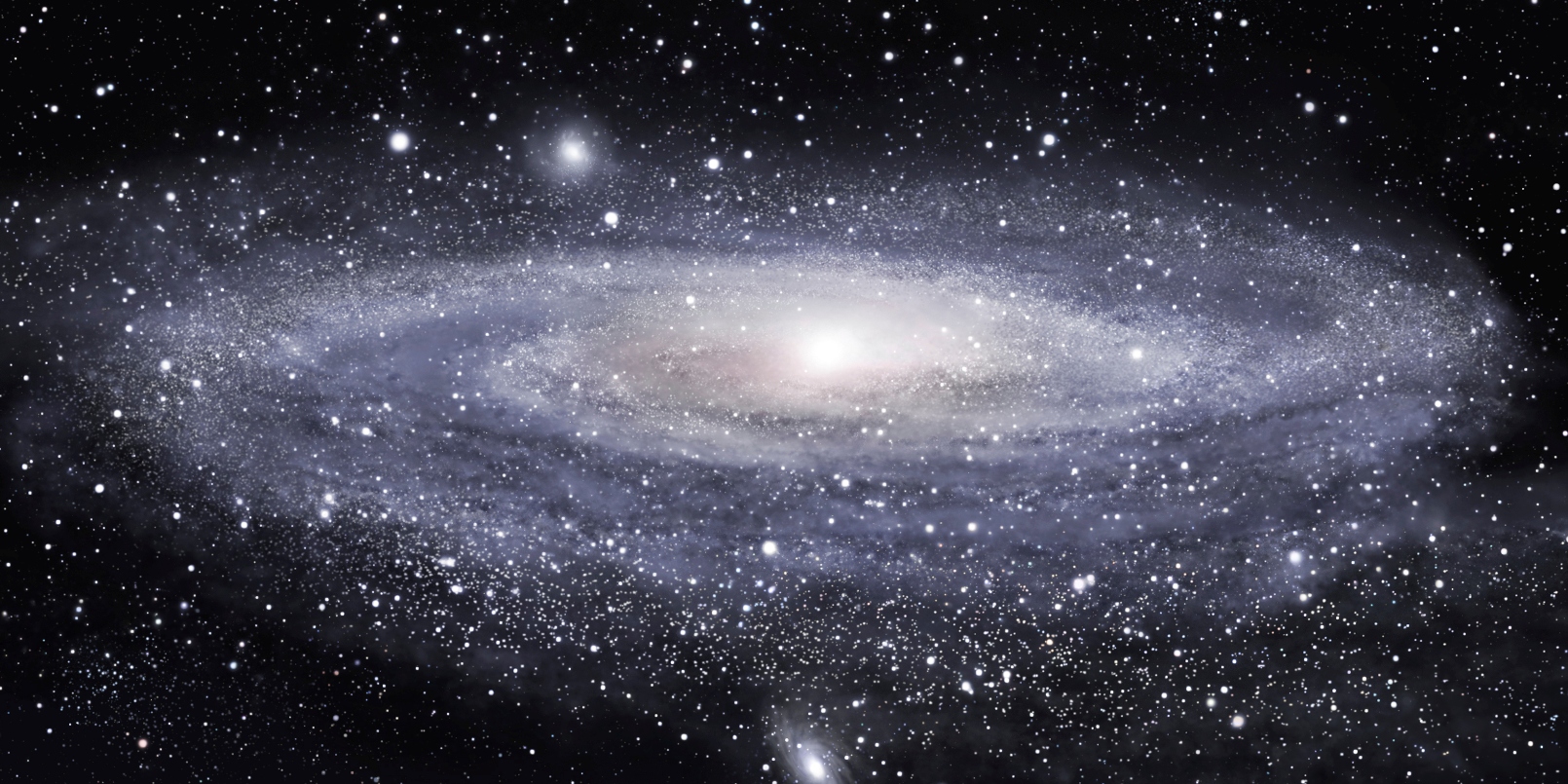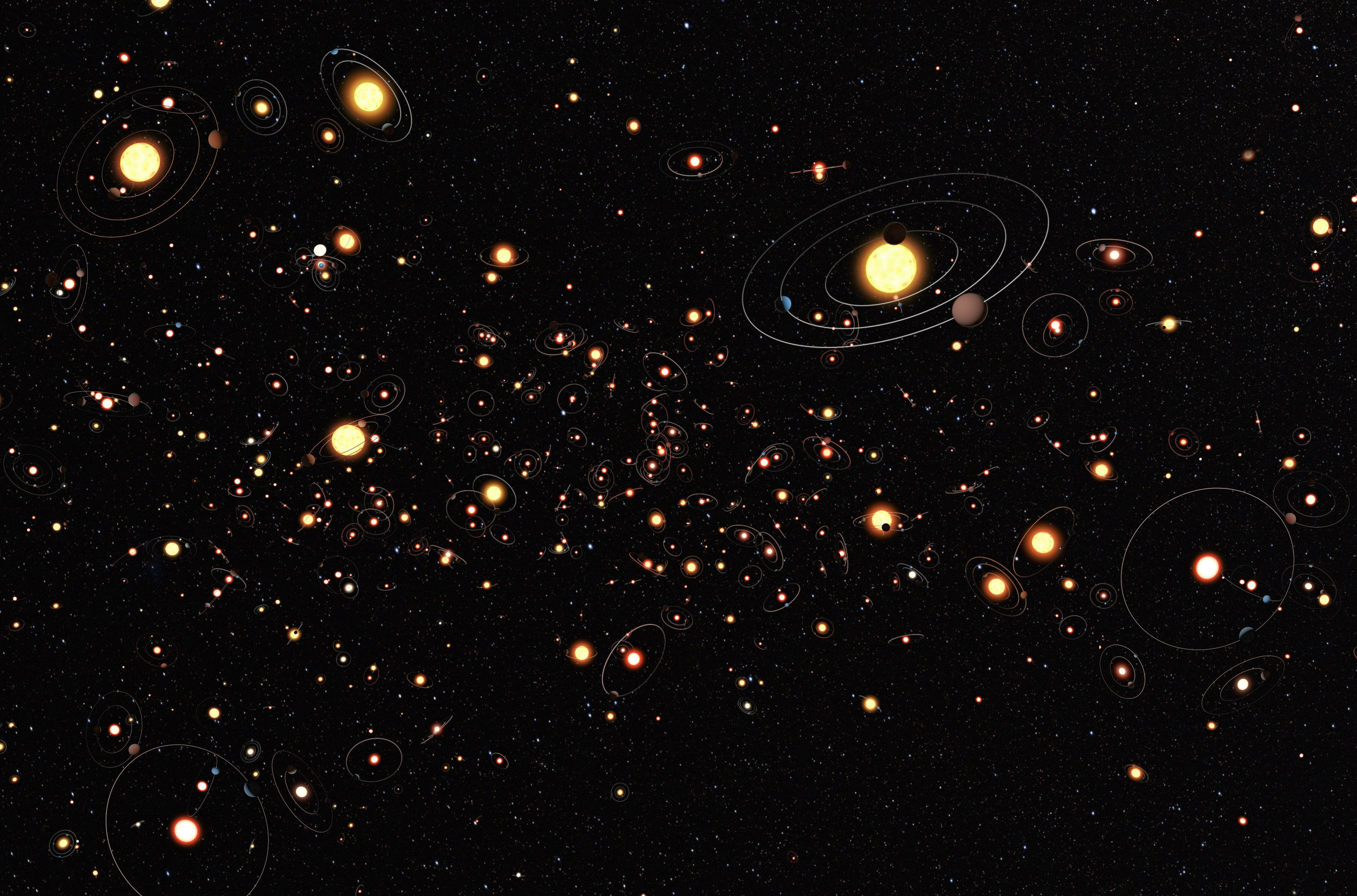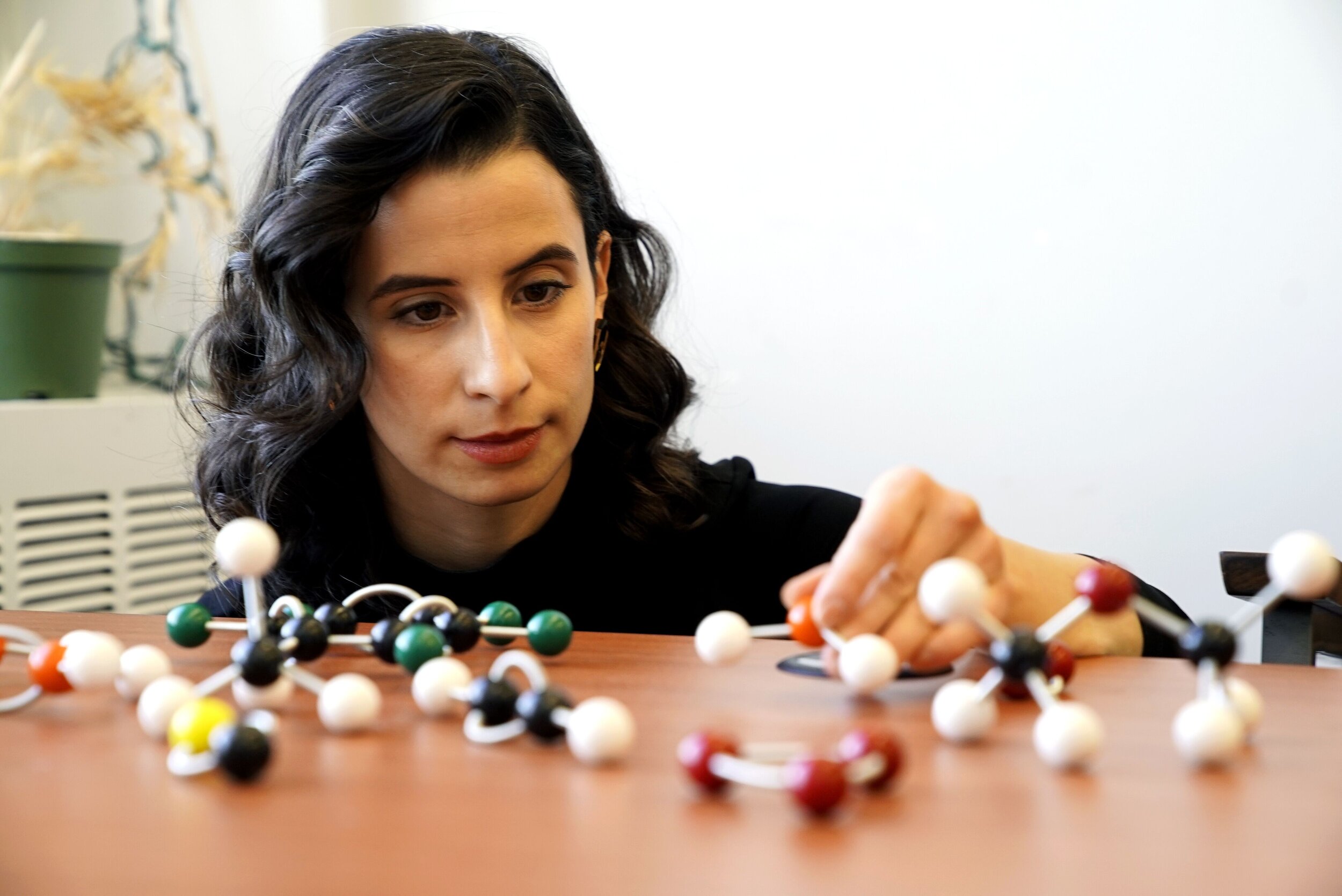
astronomy
My ultimate goal is to find a habitable planet outside our solar system. The best way to do this is to analyse the light from exoplanets so that their atmospheres can be characterized. This characterization requires an understanding of the impact different molecules have on an atmosphere’s spectra. My research focuses on the simulation of molecules so that they can be detected in those spectra.

Not all the same
Pictured above is the Milky Way. Seen from here, our Sun, so special to us, isn't special at all - just one of 300 billion beautiful white lights. But it is this light, seemingly so fundamental and pure, that holds the key to unlocking the secrets of the planets hidden around the stars. My goal is to figure out this key.

These are planetary systems. Some of their planets have atmospheres. Some of those atmospheres may have evidence of life, though we don't yet know how that would look like. I want to figure that out.

The Sun
This is the Sun's spectrum. Its shadows are caused by the many features of tiny molecules on its surface. We don't yet know which molecules cause each feature. I want to figure out how every molecule interacts with light so that we can identify them anywhere in the galaxy.

Molecular spectra
One of the molecules above is phosphine (bottom left). It's my favourite, and I have written a lot of papers about it. There are about 16,000 molecules we care about when looking for a new Earth or when we try to detect alien biosignatures. If we want to detect any molecule from here, we need to know their spectra, and we currently don't. Solving this particular problem: that's my job.